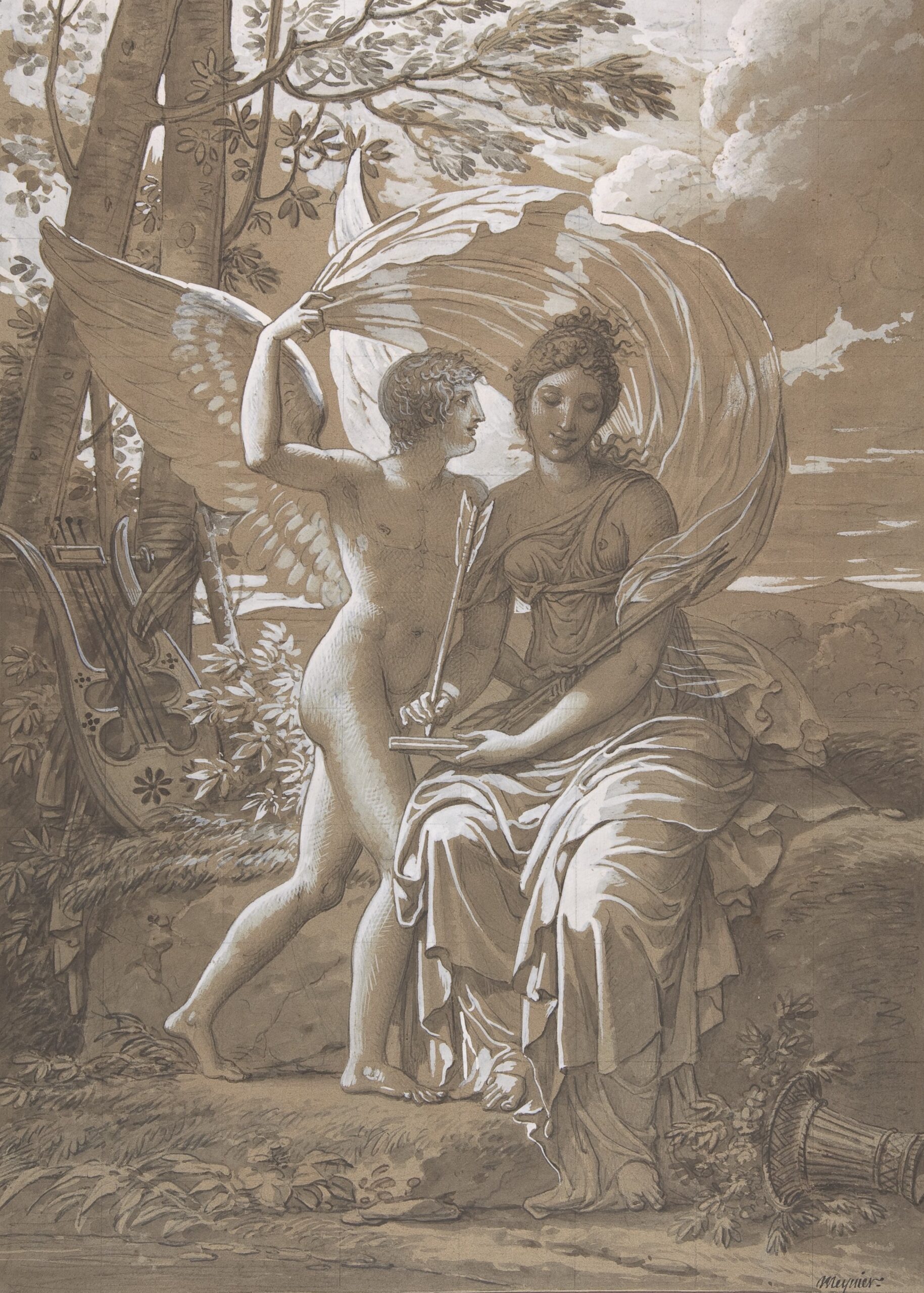1.
In 1989, Welsh journalist John Williams crossed the Atlantic. Operating on the theory that crime writers were the best chroniclers of American society, Williams hoped to pinpoint the connections between the real clime and fictional crime. So he talked with the writers.
Williams found out that James Lee Burke’s novels had emerged, in part, because of his love for Louisiana music. Gar Haywood spent his twenties latching onto science fiction’s escapist hatches before confronting the open doors of South Central’s ravaged reality. In 2005, returning for another transcontinental spree of conversational investigations, Williams learned that Vicki Hendricks had used her bodybuilding and scuba diving experience for Ramona Romano, the tough-as-nails Miami nurse in Iguana Love. He also discovered why Daniel Woodrell’s settings were so authentic. “I don’t want to live on the Upper West Side or something,” said Woodrell to Williams. “There is something here for me…I’m just one generation from illiteracy.”
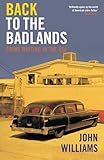 These experiences – originally published as Into the Badlands and later rewritten as Back to the Badlands – helped confirm Williams’s hypothesis. Crime fiction was indeed drawing from vivid personal experience, sometimes working territory that other practitioners wouldn’t touch. But Williams still didn’t ken why the gatekeepers routinely ignored these faithful annalists.
These experiences – originally published as Into the Badlands and later rewritten as Back to the Badlands – helped confirm Williams’s hypothesis. Crime fiction was indeed drawing from vivid personal experience, sometimes working territory that other practitioners wouldn’t touch. But Williams still didn’t ken why the gatekeepers routinely ignored these faithful annalists.
2.
In recent years, crime fiction hasn’t faced the histrionic threat of a Meghan Cox Gurdon declaring that YA books “focusing on pathologies help normalize them,” but it has faced crusty, post-crest condescension from The New Yorker‘s Joan Acocella. Yet even Acocella, in her reductionist view of Blomkvist as “anti-masculinist,” had to concede that Stieg Larsson “may have had a weakness for extraneous detail, but at the same time, paradoxically, he is a very good storyteller.”
3.
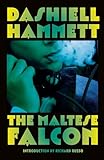
 There’s no paradox about it. There are, in fact, two crime novels on the 1998 Modern Library list of the 20th century’s top 100 novels: James M. Cain’s The Postman Always Rings Twice and Dashiell Hammett’s The Maltese Falcon. Even John Banville, who has written many crime novels as Benjamin Black, has called Georges Simenon and Richard Stark (the name with which Donald E. Westlake wrote his remarkable Parker novels) “two of the greatest writers of the 20th century.” Crime fiction is bona-fide literature. Why such reluctance to qualify it further?
There’s no paradox about it. There are, in fact, two crime novels on the 1998 Modern Library list of the 20th century’s top 100 novels: James M. Cain’s The Postman Always Rings Twice and Dashiell Hammett’s The Maltese Falcon. Even John Banville, who has written many crime novels as Benjamin Black, has called Georges Simenon and Richard Stark (the name with which Donald E. Westlake wrote his remarkable Parker novels) “two of the greatest writers of the 20th century.” Crime fiction is bona-fide literature. Why such reluctance to qualify it further?
4.
Perhaps this failure to encourage the rising crop comes from recent developments in the field, especially those involving women writers. On May 14, 1990, two Newsweek writers had this to say of the mystery landscape: “Call her Samantha Spade or Philipa Marlowe and she would deck you. A tough new breed of detective is reforming the American mystery novel: smart, self-sufficient, principled, stubborn, funny – and female.” While women had been creating such crackling heroines well before 1990 (see Sara Paretsky, Marcia Muller, Sue Grafton, and others), these gains had been somewhat swift.
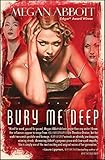

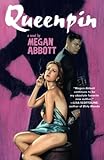 Megan Abbott, the author of five striking novels, isn’t merely a natural response to this increasingly progressive atmosphere. While her quintet can be found in the mystery section, and while she has won a well-deserved Edgar Award for a highly entertaining pulp tale of a take-no-shit woman clambering into the casino underworld (Queenpin), Abbott’s novels are distinguished by rhythmic prose, historical settings (in sequential order: 1954, 1949, 1950s, 1931, and the 1980s, with The Song is You and Bury Me Deep taking inspiration from real criminal cases), and a candor about the way people live that isn’t often found in today’s well-groomed posterboys.
Megan Abbott, the author of five striking novels, isn’t merely a natural response to this increasingly progressive atmosphere. While her quintet can be found in the mystery section, and while she has won a well-deserved Edgar Award for a highly entertaining pulp tale of a take-no-shit woman clambering into the casino underworld (Queenpin), Abbott’s novels are distinguished by rhythmic prose, historical settings (in sequential order: 1954, 1949, 1950s, 1931, and the 1980s, with The Song is You and Bury Me Deep taking inspiration from real criminal cases), and a candor about the way people live that isn’t often found in today’s well-groomed posterboys.
 Abbott’s protagonists are not professional investigators. The character who comes closest to a true-blue boy in blue is Bill King, a junior investigator in Abbott’s debut novel, Die a Little, who is the brother to Lora, a schoolteacher in 1954 Hollywood concerned about the new woman that Bill has married. In fact, detectives tend to show up in Abbott’s novels at the last possible minute, long after the reader has been presented with some version, often subjective, of the facts. And with the long arm of the law tied behind the world’s back (and very often corrupted), this gives Abbott the focus and the restraint to contort her universe.
Abbott’s protagonists are not professional investigators. The character who comes closest to a true-blue boy in blue is Bill King, a junior investigator in Abbott’s debut novel, Die a Little, who is the brother to Lora, a schoolteacher in 1954 Hollywood concerned about the new woman that Bill has married. In fact, detectives tend to show up in Abbott’s novels at the last possible minute, long after the reader has been presented with some version, often subjective, of the facts. And with the long arm of the law tied behind the world’s back (and very often corrupted), this gives Abbott the focus and the restraint to contort her universe.
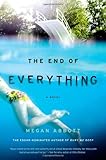 Abbott’s sentences are frequently stacked with a stylish repetition telegraphing the schism within action. In The End of Everything, told through Lizzie Hood, a thirteen-year-old girl who has seen her best friend disappear, Abbott writes, “And I thought of Bobby in the front seat of his parents’ cars, his forest green varsity jacket with the chenille C. I thought of him hunched there, gazing up at Dusty’s bedroom window, its frothy curtains, Dusty’s frothy girlness.” Aside from the striking imagery (especially the lovely “chenille C”), we see how the phrase “I thought of” generates two discrete moments: Bobby’s visual image in the first sentence and an effort to affix longing that reverts back to another visual image leading to Dusty. And when the prose reverts from the feeling to the object, Abbott repeats the word “frothy,” suggesting that Lizzie’s thoughts will return to this same visual/emotional cycle.
Abbott’s sentences are frequently stacked with a stylish repetition telegraphing the schism within action. In The End of Everything, told through Lizzie Hood, a thirteen-year-old girl who has seen her best friend disappear, Abbott writes, “And I thought of Bobby in the front seat of his parents’ cars, his forest green varsity jacket with the chenille C. I thought of him hunched there, gazing up at Dusty’s bedroom window, its frothy curtains, Dusty’s frothy girlness.” Aside from the striking imagery (especially the lovely “chenille C”), we see how the phrase “I thought of” generates two discrete moments: Bobby’s visual image in the first sentence and an effort to affix longing that reverts back to another visual image leading to Dusty. And when the prose reverts from the feeling to the object, Abbott repeats the word “frothy,” suggesting that Lizzie’s thoughts will return to this same visual/emotional cycle.
But her prose is also quite chewy. There is a grab-them-by-the-lapels quality to some sentences which demonstrates why melodrama is sometimes the best method to send a message. Consider this moment from Bury Me Deep, my favorite of the five: “This is what the man with the Adam’s apple thick-knotted in his long neck was singing in Ginny’s ear, plucking at a banjo.” This is told from the perspective of Marion Seeley (based on Winnie Ruth Judd), a woman who ends up in a heap of trouble while estranged from her husband, shirking his duties as doctor and husband by fleeing to Mazatlán. This sentence’s beauty comes from the way it undercuts an intense Adam’s apple twice: both in describing the man with some hyperbole (“thick-knotted in his long neck”) and by appending the phrase “plucking at a banjo.” But it also hints at the horrors ahead.
 An author’s understanding of the human condition (to say nothing of how far she is willing to go) is often revealed through the manner in which they write about sex. John Updike, of course, was fond of external sexual imagery. Lionel Shriver’s greatly underrated novel, The Post-Birthday World, succeeds in part because of its attentive detail to sexual position and how it often determines status. But with Abbott, when sex isn’t used for diabolical ends (this is a dark world; so it does), it is often something that is either observed or confessed. And this quality permits the reader to become implicit in the way certain characters judge others. In The Song is You, Abbott has Barbara Payton reveal she’s “such a dumb cluck” just before describing a sexual episode to impress her listeners: “So he backs me into the tub and fucks me for five minutes, my head hitting the faucet over and over again like a freaking knockout bell.” This fictive directness from a real-life public figure is clearly descended from James Ellroy, but, in Abbott’s hands, the anecdote itself carries an odd humorous quality that generates an additional question: why is this the story Payton’s using to impress? In The End of Everything, Abbott employs voyeurism during one moment when Lizzie observes her mother having sex with her new partner, Dr. Aiken (like Bury Me Deep, another doctor as partner): “I want him to turn around, to face her. I want him to look at her.” That Lizzie issues this judgment when neither her mother nor her lovers can see her suggests a certain lack of self-reflection.
An author’s understanding of the human condition (to say nothing of how far she is willing to go) is often revealed through the manner in which they write about sex. John Updike, of course, was fond of external sexual imagery. Lionel Shriver’s greatly underrated novel, The Post-Birthday World, succeeds in part because of its attentive detail to sexual position and how it often determines status. But with Abbott, when sex isn’t used for diabolical ends (this is a dark world; so it does), it is often something that is either observed or confessed. And this quality permits the reader to become implicit in the way certain characters judge others. In The Song is You, Abbott has Barbara Payton reveal she’s “such a dumb cluck” just before describing a sexual episode to impress her listeners: “So he backs me into the tub and fucks me for five minutes, my head hitting the faucet over and over again like a freaking knockout bell.” This fictive directness from a real-life public figure is clearly descended from James Ellroy, but, in Abbott’s hands, the anecdote itself carries an odd humorous quality that generates an additional question: why is this the story Payton’s using to impress? In The End of Everything, Abbott employs voyeurism during one moment when Lizzie observes her mother having sex with her new partner, Dr. Aiken (like Bury Me Deep, another doctor as partner): “I want him to turn around, to face her. I want him to look at her.” That Lizzie issues this judgment when neither her mother nor her lovers can see her suggests a certain lack of self-reflection.
5.
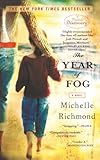

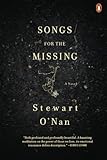 Stewart O’Nan (Songs for the Missing), Alice Sebold (The Lovely Bones), and Michelle Richmond (The Year of Fog) have been called “literary” for their missing girl novels. Why not Abbott’s The End of Everything? Abbott’s ability to tap into tangible teenage experience is equal to O’Nan’s, especially when describing the “body-closeness” of girl get-togethers (“I’d look at my own left thigh and wonder where the white curl went, the scar like a half-moon, a nail dug deep, from falling off Dusty’s Schwinn in second grade.”), detailing a folded-paper game called FLAME, and providing glimpses into “the teen-boy world” (“a world of sweat socks and thumping bass and torn-out magazine photos of bulbous tan breasts and white rabbity teeth and yellow flossy hair”) that elicit an unflinching image of comparative innocence.
Stewart O’Nan (Songs for the Missing), Alice Sebold (The Lovely Bones), and Michelle Richmond (The Year of Fog) have been called “literary” for their missing girl novels. Why not Abbott’s The End of Everything? Abbott’s ability to tap into tangible teenage experience is equal to O’Nan’s, especially when describing the “body-closeness” of girl get-togethers (“I’d look at my own left thigh and wonder where the white curl went, the scar like a half-moon, a nail dug deep, from falling off Dusty’s Schwinn in second grade.”), detailing a folded-paper game called FLAME, and providing glimpses into “the teen-boy world” (“a world of sweat socks and thumping bass and torn-out magazine photos of bulbous tan breasts and white rabbity teeth and yellow flossy hair”) that elicit an unflinching image of comparative innocence.
Where Sebold and Richmond have compromised their talents by settling for, respectively, sappy late-stage farewells between a dead ghost and her boyfriend and a hypnotist helping a mother to extract abstract details about her daughter’s disappearance, Abbott is too smart a novelist to fumble with bald attempts to play to the bleachers. If Bury Me Deep demonstrates how malicious forces can push a lonely soul into a deepening abyss, The End of Everything examines how tampering with memory and maintaining a quiet solipsism can flick you into the same pit of despair. Abbott’s most recent novel shows a greater willingness than Sebold and Richmond to bury hypocrisies and prevarications within the text. Late in the book, we encounter a bloody incident mimicked in a manner suggesting that Lizzie’s memory is far from fallible. Instead of pursuing neat resolution, Abbott ponders the untidiness of all seemingly “neat” endings. In the end, Lizzie confesses that memories are “self-spun, radiant fictions” – a remarkable statement from a thirteen-year-old girl that you certainly wouldn’t expect from Alice Sebold’s Susie Salmon. If such finesse can’t also be called “literary,” it’s outright criminal.

















